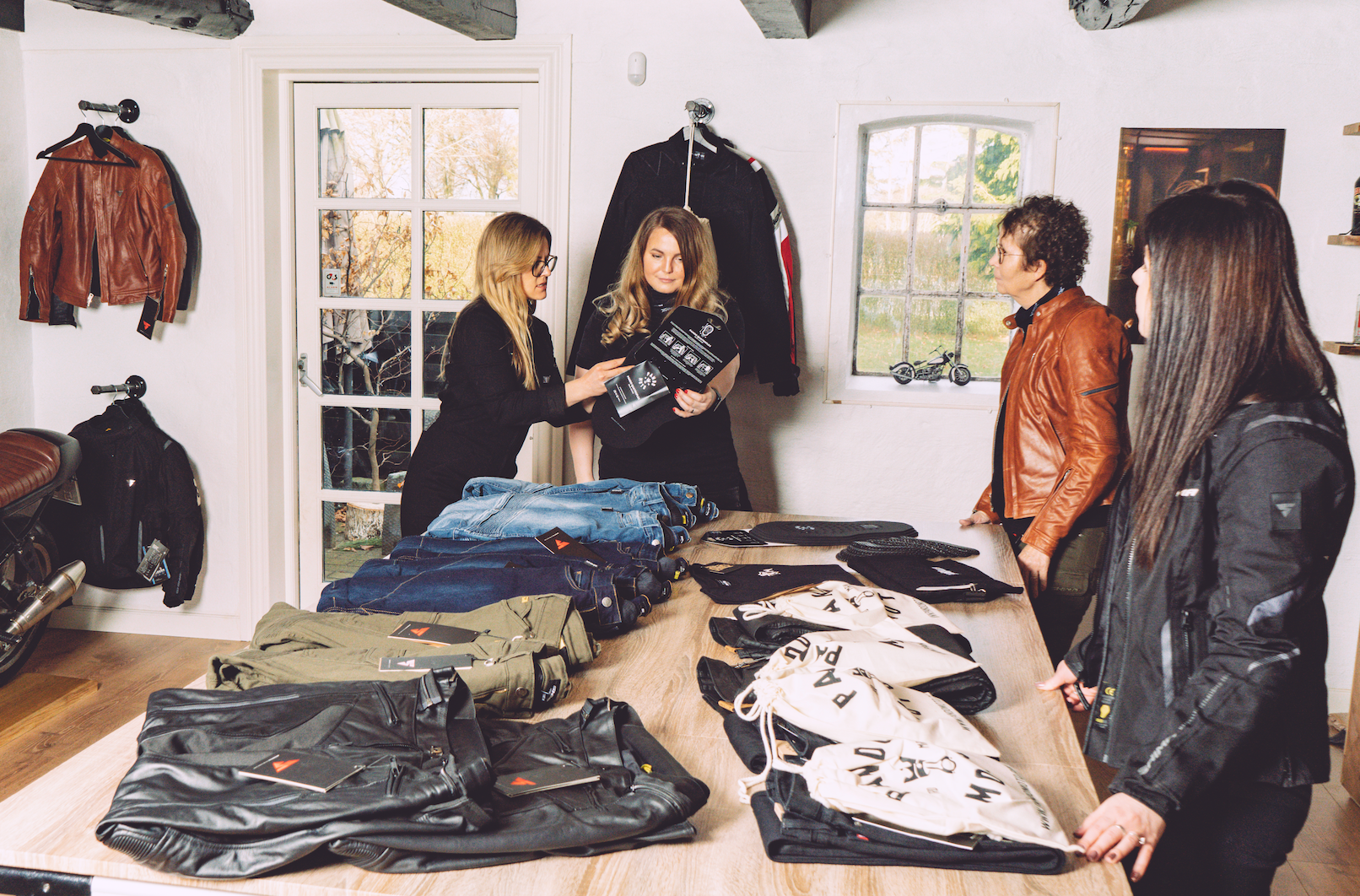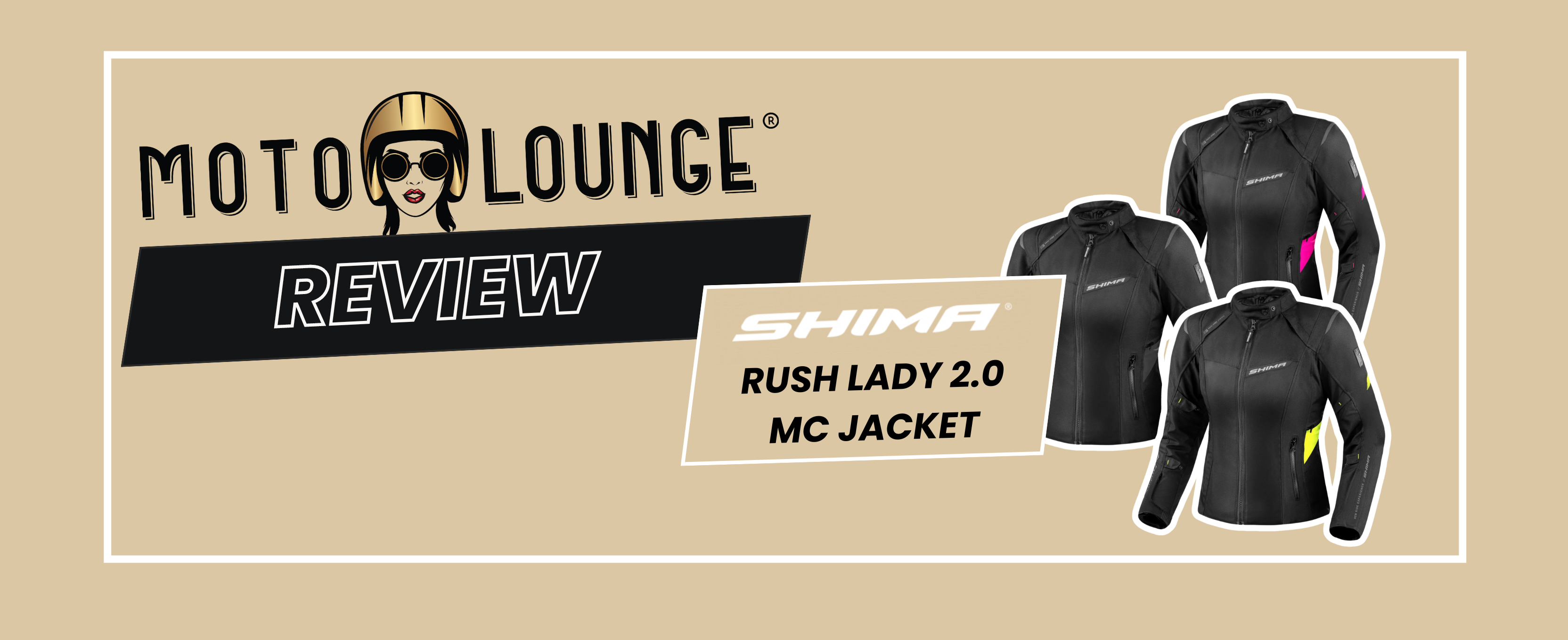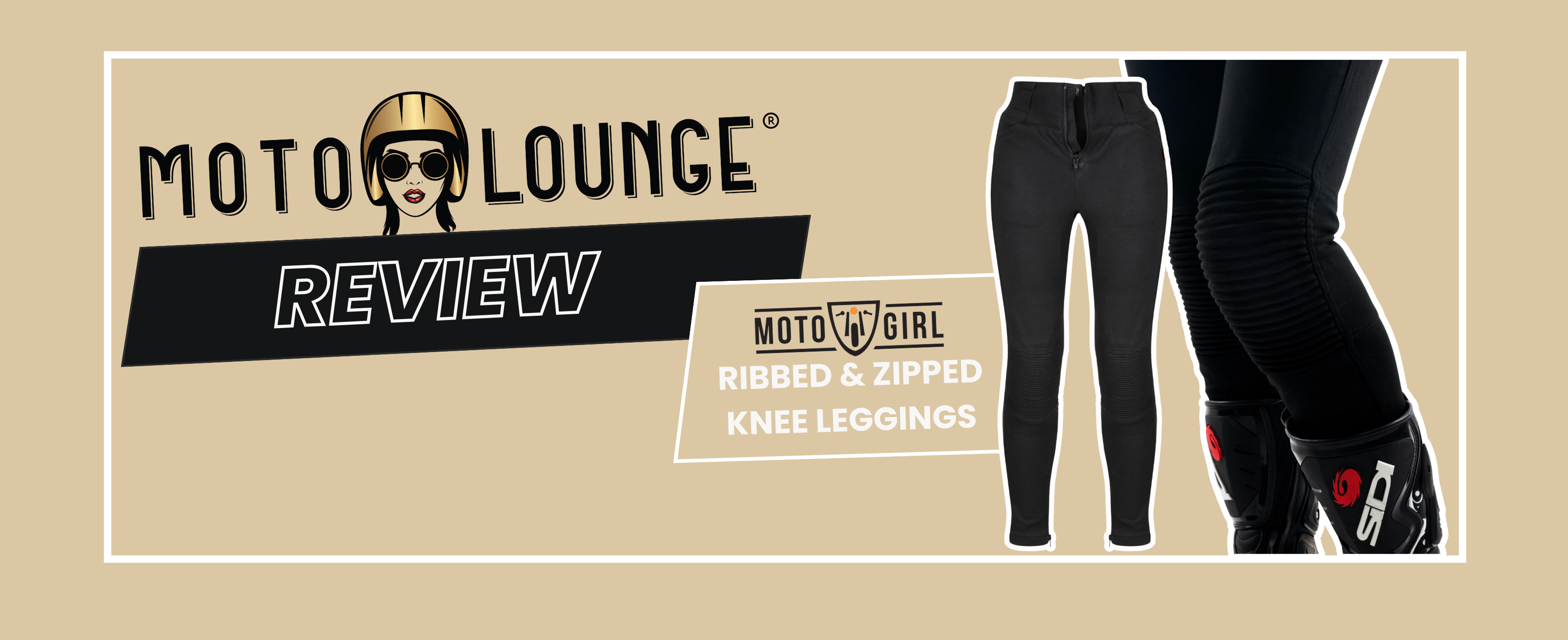We have already discussed some important basics about motorcycle clothing safety, such as relevant certification standards, protection levels, or impact protectors, in the previous posts. And now you are probably wondering - “ok, so I understand what the numbers and different marking mean or how clothes differ based on the protection level they have. But how do they even get it?”
That is a very important question to ask, as understanding how clothes achieve a certain level or rating, will help you better understand how can they protect us. Therefore, let’s talk about the testing of motorcycle gear.
During the potential accident, the risks of impact (e.g. where we hit the ground) and abrasion (e.g. how we slide on the road) on various parts of our bodies are likely to be different. For example, it is a high chance that body parts like our knees, elbows or hand palms will hit the ground before our belly or inner thighs. Therefore, for clothing testing purposes according to EN 17092 standard, the body (and garment accordingly) is divided into 3 areas, so-called risk zones.

- high risk of damage (e.g. impact, abrasion, tearing)
- moderate risk of damage (e.g. abrasion & tearing)
- low risk of damage (e.g. tearing)
In other words, risk zones refer to the parts of our body that would potentially have different types of injury during the accident. For example, Zone 1 refers to the most vulnerable areas of the body, and zone 3 covers the parts that are least likely to hit the ground first during the accident.
Therefore it is understandable that some parts of the garment, covering more sensitive and risky areas of our bodies, need to perform better than others. And that is why the performance requirements to assign a protective class (AAA, AA, A, B) to the garment, are based on specific performance requirements for certain risk zones.
What does it mean?
It means that the parts of a garment (from each zone) will be tested under different speeds (e.g. abrasion resistance test) or forces (e.g tear strength and seam strength tests) depending on what performance level they want to achieve. For example, if the garment is being tested to achieve A protective class, the parts of the garment that cover Zone 1 will be expected to pass the abrasion resistance test under the the higher speed than the parts of that garment that cover Zone 3.
The same goes for other tests - for example, seam strength. If the garment is tested to achieve AAA protective class, it has to pass the seam strength test at the higher test force (12N/mm) in the Zone 1 areas, and lower force (8N/mm) in the Zone 3 areas.
There are quite a few tests that motorcycle clothes go through during the testing, depending on what kind of the garment it is and what is the goal to be achieved. However, the main three tests that the garments need to go through for achieving a performance rating are:
- abrasion residence test
- seam strength test
- tear residence test
But more about them and other tests - in the next blog posts 😉



